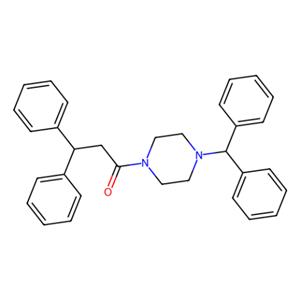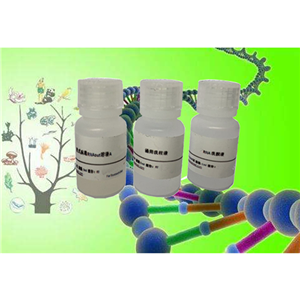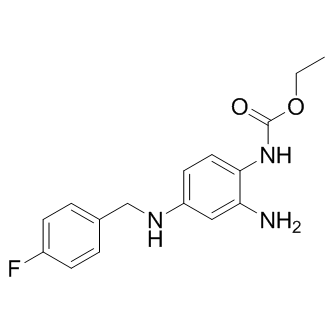网站主页
化工产品目录
生物化工
抗体
神经科学
Presynaptic Vesicle Trafficking
RETIGABINE (POTASSIUM CHANNEL开放剂)
Retigabine (Potassium Channel开放剂)
Retigabine (Potassium Channel开放剂)
Retigabine (Potassium Channel开放剂)
上海 更新日期:2025-01-30
产品详情:
- 中文名称:
- Retigabine (Potassium Channel开放剂)
- 英文名称:
- Retigabine (Potassium Channel开放剂)
- 产品类别:
- 神经科学 Presynaptic Vesicle Trafficking
公司简介
碧云天由美国哈佛大学的留学人员创办于2001年,为上海市高新技术企业,公司核心团队由来自美国哈佛大学、NIH、UCLA、香港大学、南京大学、中国科技大学、中国科学院等著名大学和科研机构的高水平科研人员及默克、诺华等顶尖医药企业的管理人员组成。十多年来,碧云天已经成为世界一流的生物、医学研究用试剂、试剂盒和消耗品的研发和生产企业,同时提供生命科学研究的技术服务和一站式实验仪器设备采购平台。目前已有近50000篇注明使用碧云天产品的研究论文发表在包括Nature、Cell等国际高水平学术期刊,日均逾33.37篇!碧云天将继续致力于科研用技术和产品的研发,用我们最顶尖的技术、最成熟的产品、最热情的服务,服务科研人员,造福生命健康
| 成立日期 | (18年) |
| 注册资本 | 1000.000000万人民币 |
| 员工人数 | 500人以上 |
| 年营业额 | ¥ 500万-1000万 |
| 经营模式 | 试剂 |
| 主营行业 | 生化试剂,核苷,核苷酸,寡核苷酸,抗体,蛋白组学,生物活性小分子 |
Retigabine (Potassium Channel开放剂)相关厂家报价
-

- aladdin 阿拉丁 N125978 NP118809,N 型钙通道 (N-type calcium channel) 阻滞剂 41332-24-5 ≥98%
- 上海阿拉丁生化科技股份有限公司 VIP
- 2025-01-20
- ¥82.90
-

- 人基因开放阅读框(ORF)库制备
- 上海康朗生物科技有限公司 VIP
- 2025-01-17
- ¥99998
-

- Calcium Channel拮抗剂2|T77710|TargetMol
- TargetMol中国(陶术生物) VIP
- 2024-12-12
- ¥119



